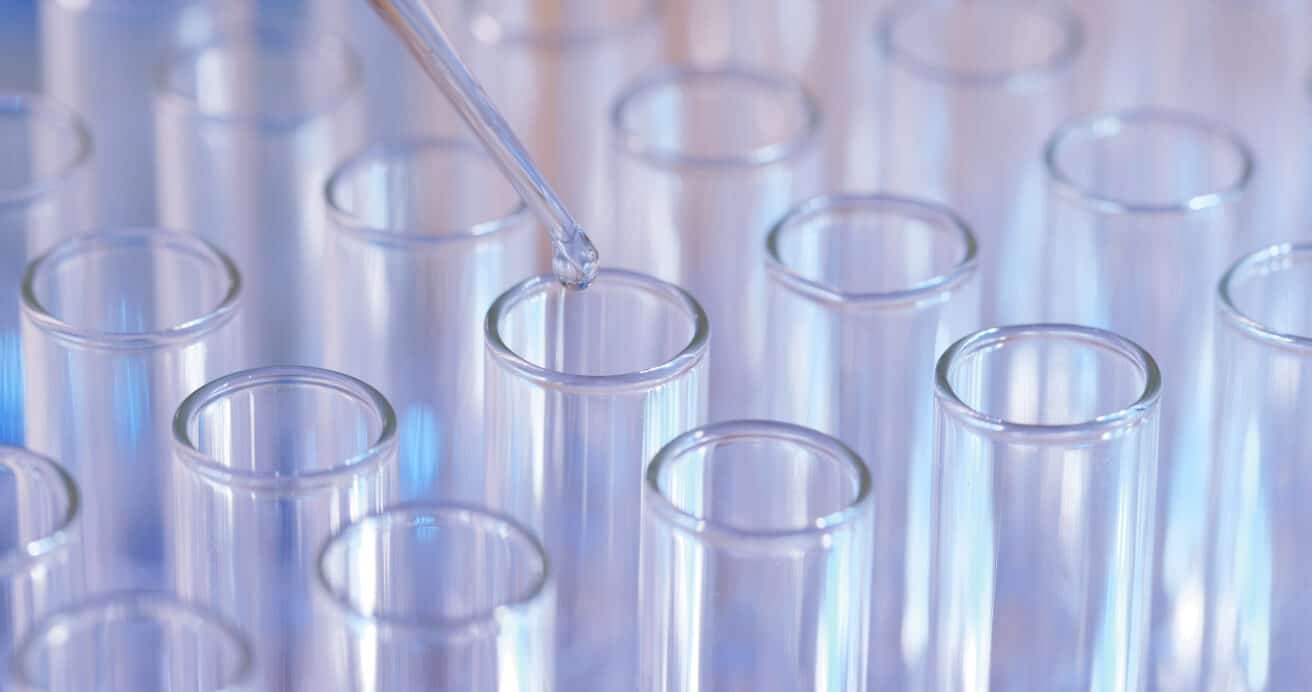IRS Releases New Requirements for 2022 Research and Development Tax Credit Claims

On October 15, 2021, the Chief Counsel’s office released memorandum number 20214101F in response to questions from IRS officials in the Large Business & International division and the Small Business/Self-Employed division about what information taxpayers should provide with their claims for refunds or tax credits and what format they should use.
What qualifies a taxpayer for the R&D refund claim?
In short, the IRS stated that for a taxpayer’s R&D refund claim to be valid, the taxpayer must, at a minimum:
- Identity all the business components to which the I.R.C. § 41 research credit claim relates for that year.
- For each business component:
- identify all research activities performed,
- identify all individuals who performed each research activity, and
- identify all the information each individual sought to discover through the activities performed.
- Provide the total qualified employee wage expenses, total qualified supply expenses, and total qualified contract research expenses for the claim year (this may be done using Form 6765, Credit for Increasing Research Activities).
These statements reconfirm the standard that a business components list (often referred to as a project list) is a fundamental necessity for filing research credit claims. For each business component taxpayers need to identify all the research activities they’ve performed, name the individuals who performed each research activity, and include the information each individual sought to discover. In other words, each business component must satisfy the elements set forth in I.R.C. § 41.
What's new: the Specificity Requirement
The memorandum also includes a new requirement referred to as the specificity requirement. This is a jurisdictional prerequisite to filing a suit for refund, entailing taxpayers to provide the facts in a written statement to support any refund claims. For the claim or refund to be considered, the statement of the grounds and facts must be verified by a written declaration stating it is made under the penalties of perjury. The taxpayer’s signature on the amended return constitutes the declaration under the penalties of perjury for what is contained in the claim and what is attached to it.
The written statement must be submitted when a refund claim is filed. Otherwise, the refund claim should be rejected as deficient.
This new requirement is said to enable the Service to determine if a refund should be paid immediately based on the information provided or if an examination is needed to verify the taxpayer’s entitlement to the refund. This information helps the Service avoid paying refunds to taxpayers who have no factual support for their claim and allows the Service to effectively allocate its limited resources to determining which procedurally compliant claims to examine.
What's the timing of this new requirement?
The additional information will now be required for all research credit claims made after a grace period ending January 10, 2022. A one-year transition period will be provided following this grace period to allow taxpayers 30 days to perfect a research credit claim before the IRS makes a final decision.
Generally, taxpayers are expected to file valid claims within three years of the date that the tax return was filed—or two years from the time the tax was paid, whichever is later. All additional requirements must be met.
How we can help
R&D credit claims often result in examinations, a process that is costly and burdensome to both the Service and taxpayers. MGO is here to help taxpayers determine their eligibility for R&D tax credits and develop and implement procedures to document R&D activities before claims are made, to ensure a smooth filing process.
About the author
Michael Silvio is a partner at MGO. He has more than 25 years of experience in public accounting and tax and has served a variety of public and private businesses in the manufacturing, distribution, pharmaceutical, and biotechnology sectors.